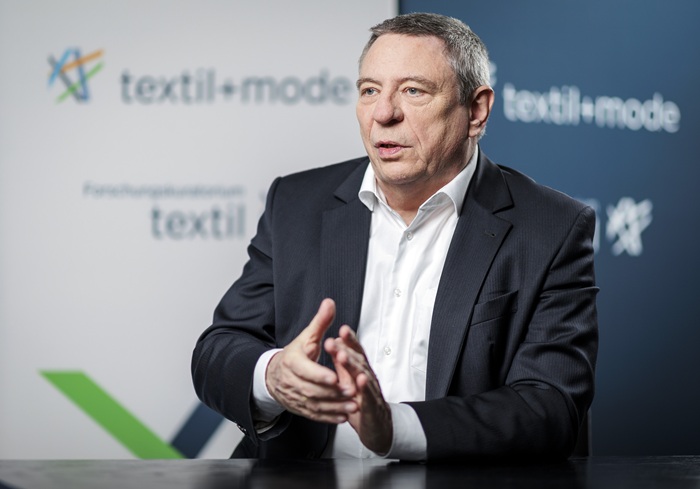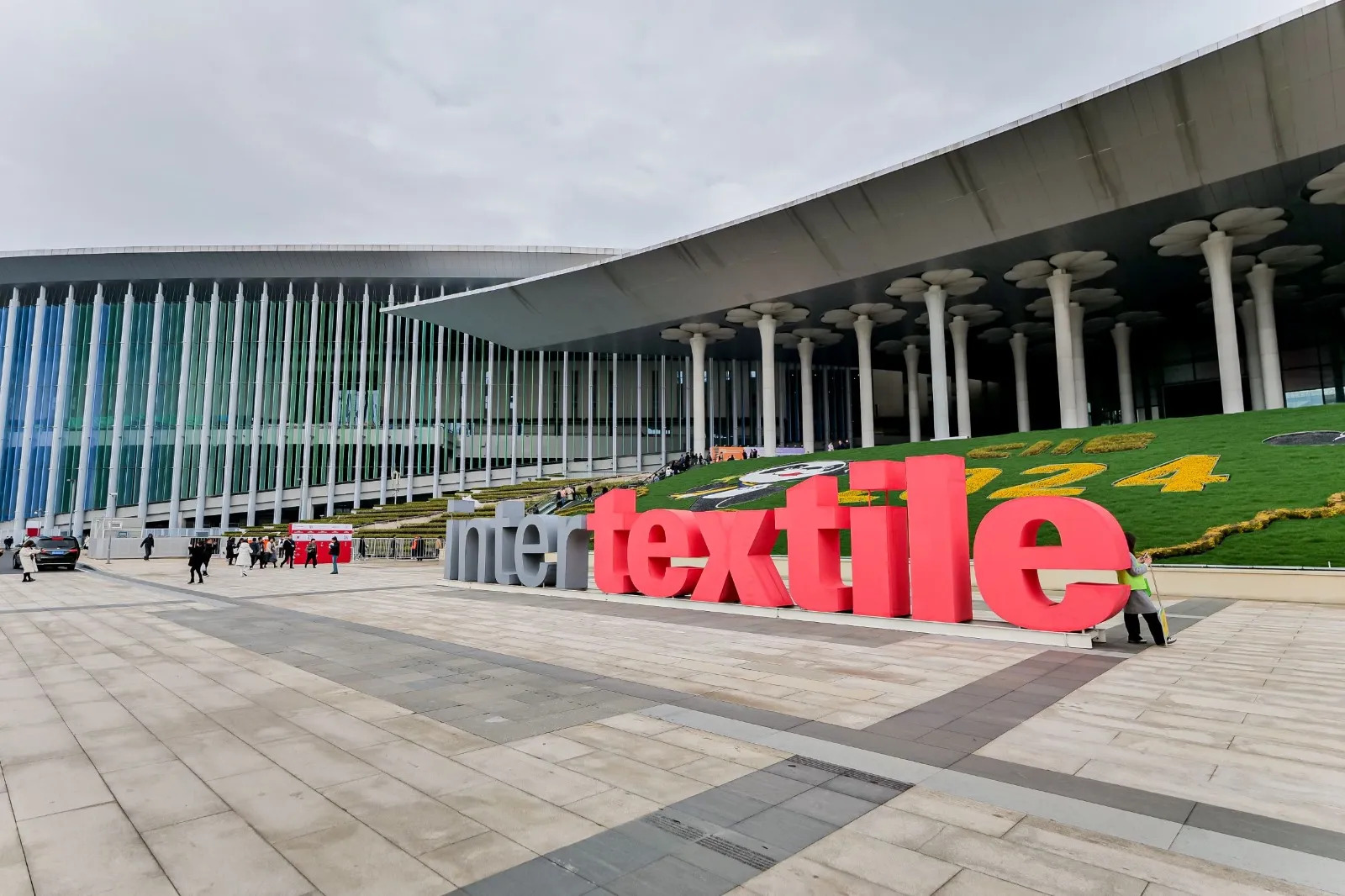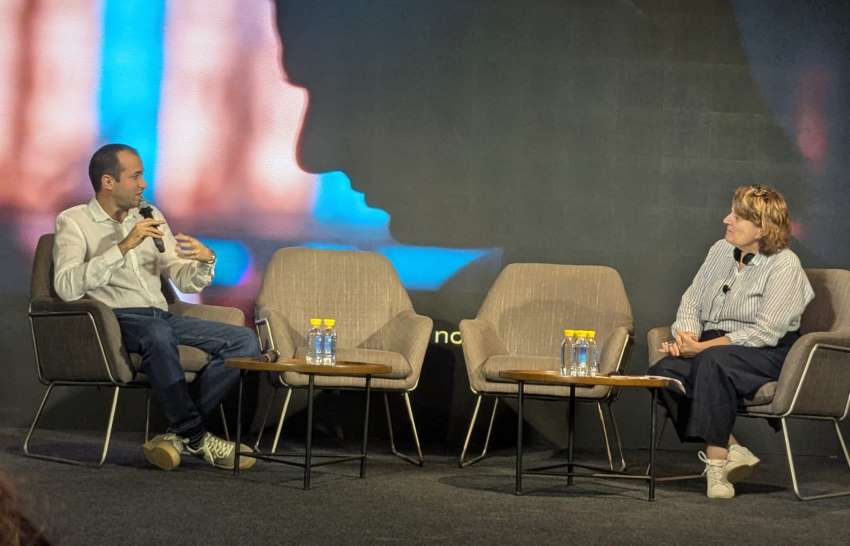FW
The American Textile History Museum is shut for good. The museum found operating on a shrinking budget impossible. In addition there were serious operational challenges and other circumstances. Programs and classes at the museum will end June 30. Its collection will be preserved elsewhere.
The museum will still collect donations from individuals, corporations, and foundations to support the hours necessary to transfer the collection to another organization for long-term stewardship.
The museum opened in 1960. It tells the story of America through the art, history and science of textiles. It holds the world’s largest and most important collection of tools, hand looms, early production machines, spinning wheels as well as more than five million pieces of textile prints, fabric samples, rolled textiles coverlets, and costumes.
It documents and displays the history of textiles from long ago to modern space craft, haute couture and industrial safety uniforms. Visitors learn about synthetic fabrics and how expensive fabric was until mills did the weaving. It has one of the first nylon stocking knitting machines.
The central hall of the main exhibit is a ramp which goes up three floors. At the top is the loom factory which has lots of moving parts. The museum also offers spinning classes.
The global online children’s apparel market is being driven by increased internet penetration, an increase in average online spend, and younger population. The average amount spent on online per transactions and the numbers of transactions that take place are on the rise. Increase in the number of internet users and the buy it now attitude contribute significantly to the growth of this market.
In addition, the ease and time-saving aspect of online shopping, along with the wide range of products, encourages consumers to shop online rather than in physical stores.
Currently, the US represents the biggest chunk of online children’s wear sales in 2015 and was 37.24 per cent of the global market last year. In Europe, the UK accounted for 17 per cent of sales, Germany 33 per cent, and France 20 per cent of online retail last year.
The Middle East and Africa make up a little over five per cent of the global market. However, Asia-Pacific is forecast to experience the largest growth in the market by 2020, pushed on by growing populations (of which half are infants and toddlers), growing disposable incomes, and the demand for online retail. This region, made up of both developing and developed countries, accounted for 28.98 per cent of online revenues in 2015.
More than 70 Indian textile and garment companies are eager to invest in Vietnam’s textile industry. Indian stakeholders have agreed to invest in the production and supply chain of Vietnam’s garment industry. There are many benefits which Indians can get from investing in Vietnam’s industrial growth. These include: more growth, cheap workforce, well developed infrastructure and stable security.
Meanwhile, India has shown interest in credit loans for more contributions in Vietnam. Plans are on to make warehouses in Vietnam which will benefit both. Vietnam is also looking at Indian investors to invest in industrial production, generation and distribution, pharmaceutical research, education and IT.
Vietnam is a leading exporter to the US ahead of Malaysia and Thailand. The country has 20 per cent market share in exports to the US and if the present trend continues, it will gain 30 per cent market share by 2020.
There is an ongoing debate over whether Cambodia’s new trade union law is good or bad for the country. Some say it is bad for the country’s poorly paid workers and while others ague the law is necessary for business growth and that without the trade union law, foreign investors will not come to do business.
The law says workers and employers shall enjoy the right to form and join professional organizations of their choice but it demands excessively high requirements for union registrations and restricts union autonomy and activities. The law also restricts who can be selected as union leader. Anyone prosecuted by the court cannot become a leader of a union. But a number of independent union leaders have been prosecuted in trials that were politically motivated and so would be ruled out of senior positions in unions.
A union is required to collect support from at least 50 per cent plus one of its members in order to satisfy the meeting quorum to decide on whether to strike or not. With factories and workers spread over a large area, and poor communications infrastructure, the logistics of such a task would be considerable.
Last year there were 3,166 unions for the more than five lakh workers employed in the country’s 557 garment and textile exporting factories and 58 footwear factories.
The International Labor Organisation has asked Bangladesh to simplify the process of registration trade unions so that the workers can enjoy the freedom of association. ILO says standard operating procedures should be devised to render the registration process a simple formal requirement, not subject to discretionary authority, and one that does not set out to become an obstacle to registration.
Regarding labor laws in the export processing zones, ILO suggests full freedom of association including the right to form free and independent trade unions. ILO suggests promoting harmonisation of the labor law throughout the country so that the rights, inspections, judicial reviews and enforcement are equal for all workers and employers.
The labor rights watchdog suggests efforts in awareness raising and capacity building of workers and employers in relation to constructive social dialogue on labor rights should continue. A public database to track unfair labor practice complaints should be established and steps should be taken to enquire into and address them.
One of the steps for processing of applications for registration is to compare the signatures of workers on the application and on the employer’s list. This, says ILO, is extremely time-consuming. It wants a public database to be set up which would include all relevant information on the submission and resolution of registration requests, including the reasons for rejection of applications.
The National Seed Association of India (NSAI) wants the maximum sale price (MSP) of genetically modified (GM) Bt cotton seed to be raised by Rs 75 per packet and a premium of Rs 100 per packet to be imposed for a period of three years on new cotton hybrids, as an incentive for companies to invest in research and development.
NSAI feels that a notification of only Rs 751 as seed value for BG-II leaves the companies without sufficient profit margins to invest in R&D, particularly on BG-II. It feels that insisting on a no-objection certificate from technology providers like Monsanto for commercial release of BT cotton seeds every season should be done away with. Seed companies have suggested that the Genetic Engineering Approval Committee could give approval for commercial release of BT cotton seeds if it is satisfied with the results of testing done by public sector labs to ascertain the elements present in such seeds.
In 2006, the GEAC had made an NOC from trait providers mandatory for marketing of BT cotton seeds. About 90 per cent of India’s cotton area of 11.8 million hectares in the 2015-16 seasons is under BT cover. Domestic cotton production has raised manifold since the introduction of BT seeds — from 13.6 million bales in 2002-03 to a projected 30.5 million bales in 2015-16.
Premiere Vision the world’s leading organiser of trade shows and events dedicated to upstream side of fashion industry has been breaking new ground, providing inspiration and setting the pace each season for over 40 years. In order to meet the needs of a constantly changing fashion market, Premiere Vision has launched a new, unique and exclusive show concept, Blossom Premiere Vision. This will be held biannually in July and December and dedicated to the launch of the season’s collections. The first edition of this event will be held July 6 and 7 in France.
Blossom Première Vision will premiere the fabric and accessory pre-collection of 64 international companies for the autumn/winter 2017-18 season. This is in advance of the flagship Première Vision Paris event, September 13 to 15, 2016. As a complement to the calendar of Première Vision Paris, which targets the main collections, Blossom Première Vision offers creative luxury and premium fashion brands.
The first edition, dedicated to Autumn/Winter 2017-18, will present the collections and creative directions of 60 weavers and four accessory makers: lace-makers, embroiderers, specialists in ultra fantasy, coat and jacket weights, shirting's and tailoring, silkies, sophisticated prints and decorations, specialists in accessories made from textiles (ribbons) or metal (buttons, buckles, rivets).
Pakistan is reviewing its free trade agreements with other countries. The country is a signatory to free trade agreements with China, Sri Lanka and Malaysia and preferential trade agreements with Iran, Indonesia and Mauritius.
Presently Pakistan is in the process of negotiating free trade agreements with Thailand, Turkey, South Korea and Iran. FTAs were expected to broaden trading opportunities for Pakistani businessmen. But there is an impression Pakistan had poorly negotiated three out of a total of four FTAs as imports from China, Malaysia and Sri Lanka are rising faster than exports.
Turkey imposed an extraordinary duty on Pakistani textile products due to which Pakistan’s exports nosedived from $900 million to $400 million and efforts made by Pakistan to bring exports to the level of 2011 remained fruitless. A free trade agreement with Malaysia failed to provide a level playing field as the trade balance has remained in favor of Malaysia from day one.
Pakistan’s trading partners have negotiated bilateral and multilateral trade pacts with other countries thus securing greater market access. Pakistan has requested China to open the services sector for deeper linkages and greater market access to each other’s markets.
Ethiopian investors have expressed willingness to invest in Zimbabwean cotton sector. The fall of cotton prices on global market has affected the growth of cotton sector in Zimbabwe, which has resulted in farmers’ shunning the crop. At the height of cotton production, Zimbabwe was producing about 4, 35,000 metric tons of cotton but was able to utilize only 30 to 35 per cent of that cotton. The balance was sold as raw cotton. The country is now averaging between 1, 30,000 tons and 1, 50,000 tons of cotton since the downward spiral of prices.
Ethiopia is now going to sponsor the growth of the cotton sector and come up with cotton to textile value chain which will make possible the sale of cotton products which have value addition. About 43,643 hectares were put to cotton this summer cropping season as compared to 74,446 hectares which were planted during the 2015-15 farming season.
Cotton is one of the major cash crops in Ethiopia. In Ethiopia, cotton is both farmed and manufactured into textiles for international trade. Rather than merely exporting this white gold, the country invests in the development of the entire textile value chain.
Knitwear manufacturers and exporters of Bangladesh are preparing a workers' database. The aim is to keep records of all workers of the country's readymade garment sector. The database would preserve basic information about a worker, including his or her identification, family details, records about the worker's service details including factory and employer, dates of his or her joining or leaving the job and the reasons and also other details.
Bangladesh will introduce a central fund for workers from July 1 in which money will be received from each export order at 0.03 per cent. The database will be necessary for successful implementation of the central fund since the country’s readymade garment sector is export-oriented.
The database registration work may begin in July and be completed by August next. However, it’s doubtful if that will happen. Some 450 to 500 composite units employing thousands of workers might need more time to come under the database system.
The knitwear industry of Bangladesh competes globally in terms of product quality and price through industrial upgradation in terms of latest machinery, vertical integration and industrial agglomeration.
From fiscal year 2007-08 Bangladesh knitwear has captured the lion’s share of national exports. It was 7.64 per cent two decades back but is now around 40 per cent.












